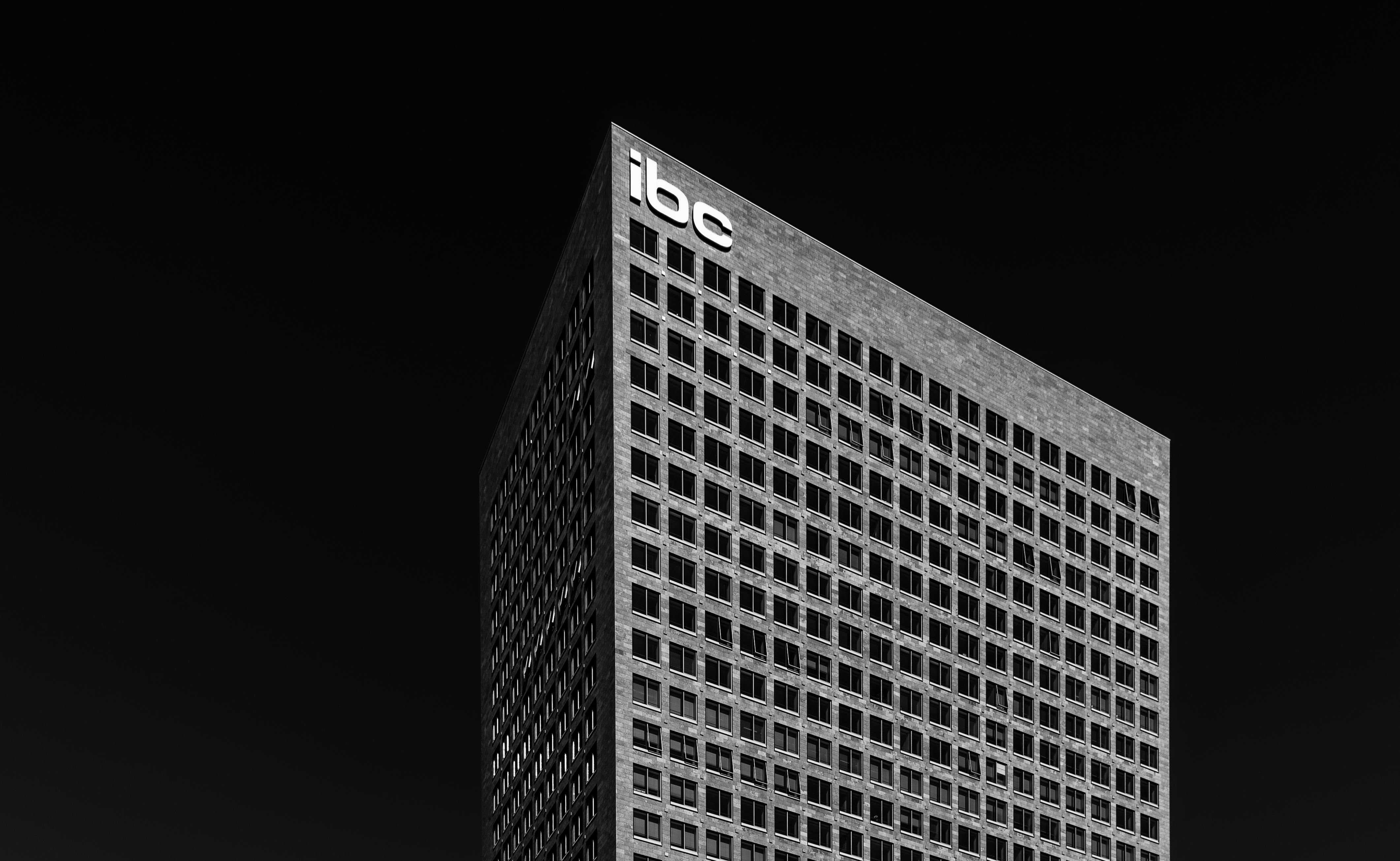
When you book a vacation rental property in a ski resort, there is undeniable magic in the phrase ‘ski-in, ski-out’. It conjures up images of a charmingly restored log cabin on the edge of an immaculately groomed slope, of watching other skiers make graceful turns from your living room window, with the occasional sprinkling of snow against the window pane. He suggests walking out your front door, clicking on your skis, and sliding down the slopes to the lift. You can anticipate avoiding the crush of people waiting for a lukewarm, soggy pizza at the mountain restaurant by using your own chalet as…a mountain restaurant. And, perhaps best of all, you may want to ski back to your doorstep in the late afternoon and forget about trudging the trails and the indignity of overcrowded shuttle buses.
The reality can be very different. Knowing the power of the term ‘ski-in, ski-out’, vacation rental providers are quick to use it to cover a myriad of different arrangements and a range of proximity to the slopes. Here are some things to keep in mind:
1) The ‘ski-in ski-out’ home that is truly ‘walking distance’ to the slopes. The economics of housing development on the slopes of the mountains means that when an area is developed next to the slopes, only part of it is actually next to the slopes. There is almost certainly a hinterland of properties that have access to the slopes…via paths, steps, driveways, etc. The paths may or may not be short. Be sure to ask exactly how far a particular property is from the actual ski slope, and what the path actually looks like: is it a level walkway or a series of dozens of icy steps?
2) The ski-in, ski-out house reached via an ungroomed path through the woods. When these homes were originally built, the developers cut a path for them so they could be sold as ‘ski-in, ski-out’. However, these trails are very often too narrow for a snow cat to use; Furthermore, they are most likely private property and the lift company that sets up the slopes may not be responsible for them. Only if the owners of the properties that trail serves get together and make private arrangements to fix it, will you find the trail to be in good condition for safe use.
3) The ski-in, ski-out home offering good ski-in, ski-out access…if you’ve chosen one of the 2 weeks of the year when the snow is down to that level. Many resorts that offer ski accommodation are located in the valley, and global warming has caused the snow line to rise and the number of weeks snow stays on the ground at certain elevations to decrease.
4) Finally, there’s nirvana: a ski-in, ski-out home that is what it says it is: situated right on the slopes that are covered in snow all season long and groomed by the ski lift company’s snowcats to diary. This is what is now known as “true ski-in, ski-out.” However, it is possible that because this real estate is so scarce, it is also very expensive, or alternatively, it is developed with rather dense and charmless accommodation. The Aspens in Whistler is a good example of this. The situation is perfect, right on the slopes, but the accommodation is mostly quite spartan.
The lesson here is simple. When you book ski-in, ski-out accommodation, make sure you know exactly what you’re getting. If you’re booking a resort like Whistler, where there are many gradations of ski-in, ski-out lodging, check with one of the local property management companies like Holiday Whistler, and ask them very closely about their exact location before you book. Your Whistler Ski Lodge.